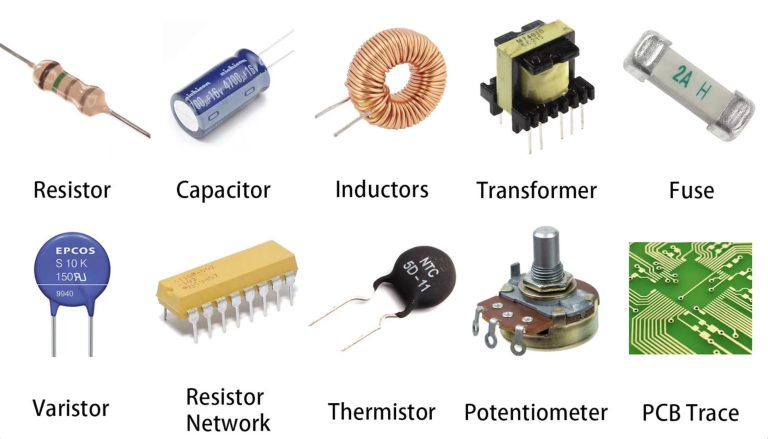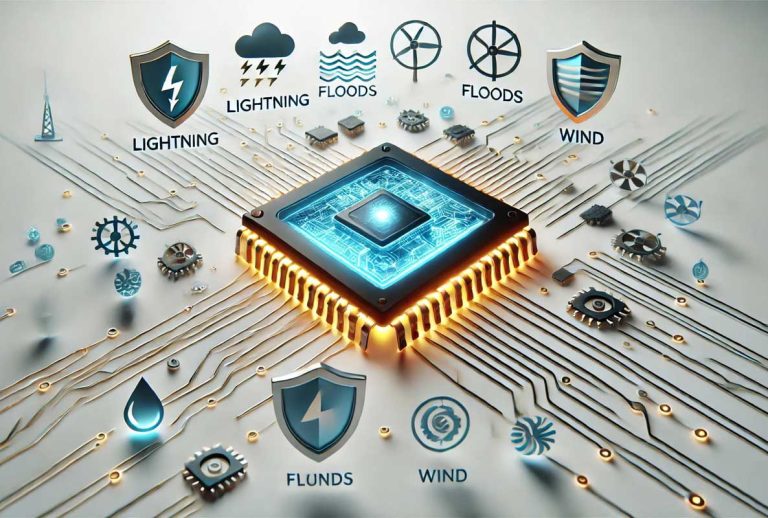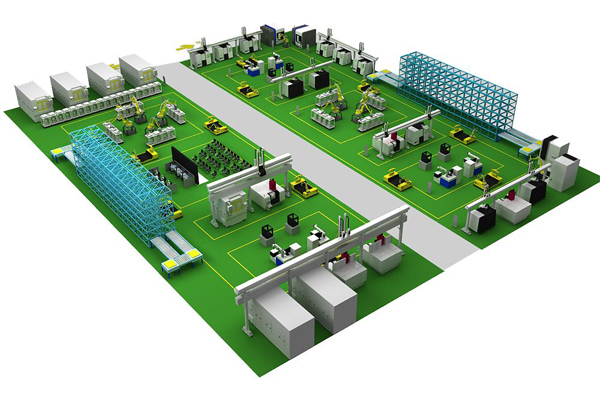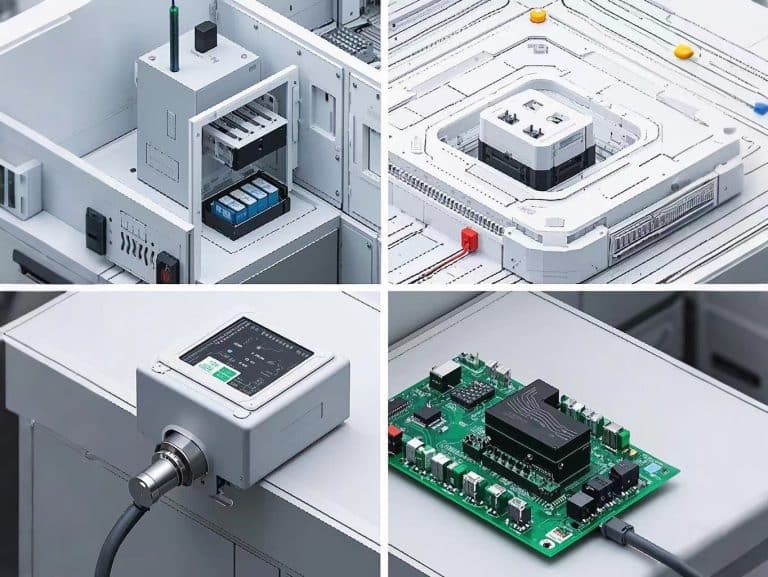SPD Basics: Understand How They Protect Equipment from Surge Voltage and Lightning Strikes
In today’s increasingly complex electronic world,SPD(Surge Protective Devices ) have become an essential component in circuit design, serving as the core defense against lightning strikes, electrostatic discharge (ESD), and overvoltage events.
This article will comprehensively analyze the working principle, classification, key parameters, and selection criteria of SPDs, helping you optimize circuit protection designs.
1. What is a Surge Protective Device (SPD)?
A Surge Protective Device (SPD) is a device used to protect electronic equipment by limiting transient overvoltage and dissipating surge current. SPDs are widely used in power systems, communication lines, and industrial control applications. Their core functions include:
- Transient Voltage Clamping: Limits surge voltage, which can be thousands of volts, to a safe level within nanoseconds.
- Energy Dissipation:Diverts surge current to the ground through non-linear components (e.g., varistors, gas discharge tubes), preventing damage to equipment.
- Self-Restoration: Automatically restores to a high resistance state after the surge ends without requiring manual intervention.
2. Classification and Technical Principles of SPDs
Based on working principles and application scenarios, SPDs can be classified as follows:
By Technology Type
- Switching SPDs: Based onGas Discharge Tube (GDT)or spark gaps, these devices dissipate large currents via arc discharge and are suitable for high-energy lightning protection.
- Clamping SPDs: UtilizeMetal-Oxide Varistor (MOV)or Transient Voltage Suppression (TVS) diodes to clamp voltage through non-linear resistance, offering faster response times (in nanoseconds).
- Hybrid SPDs: Combine both switching and clamping components, balancing energy absorption and rapid response.
By Application Type
- Power SPDs: Connected in parallel with power lines, used in low-voltage distribution systems (e.g., 220/380V AC). Typical applications include building distribution boards and industrial equipment power inputs.
- Signal SPDs: Connected in series with communication lines (e.g., Ethernet, RS485), used to suppress high-frequency interference and electrostatic pulses, commonly found in industrial control and communication devices.
3.Key Parameters of SPDs
| Parameter | Definition and Selection Importance |
|---|---|
| Maximum Continuous Operating Voltage (Vmax) | The maximum voltage that an SPD can withstand, usually matched with the rated voltage of the power system |
| Surge Current (Imax) | The maximum instantaneous surge current that an SPD can absorb, typically measured in kiloamperes (kA). |
| Discharge Capacity (In) | The maximum repeated discharge capacity an SPD can handle under multiple surge impacts. |
| Response Time (T1/T2) | The time it takes for an SPD to respond to overvoltage; the shorter the time, the better. T1 refers to primary protection and T2 refers to secondary protection response times. |
4. Typical Application Scenarios for SPDs
Power System Protection
- Building Distribution: SPD installed at the entrance of distribution boards to suppress surges caused by lightning or switch operations.
- Industrial Equipment: Protects inverters and PLC modules from reverse voltage spikes caused by motor startup or shutdown.
Communication and Signal Lines
- Ethernet Protection: Signal SPDs installed on switch ports to resist ESD and Electrical Fast Transients (EFT).
- Automotive Electronics: Provides overvoltage protection for CAN buses and sensor lines to meet AEC-Q200 standards.
5. Boarden SPD Solutions
Boarden, as an innovator in circuit protection, offers a full range of Surge Protective Devices (SPD) products that meet the protection requirements in various environments, including power, signal, and outdoor applications.
In particular, the industrial lighting sector faces a high risk of damage due to lightning and surge events. Therefore, effective SPDs are needed to enhance product lifespan and reliability.
While standard SPDs can provide surge protection for some LED applications, their limitations in complex environments are often apparent. To meet the surge protection requirements of most LED devices, Boarden focuses on customizing key components and maintains an open design approach, developing a series of compact, low-voltage protection SPDs.
- High Reliability: Certified by UL, CB, TUV, CAQ, CE, and tested to withstand harsh environments with long-lasting durability.
- Protection Rating: IP67.
- Custom ServicesFast customization for special voltage and explosion-proof models.
- Recommended Applications: Explosion-proof lights, industrial and mining, streetlights, etc.
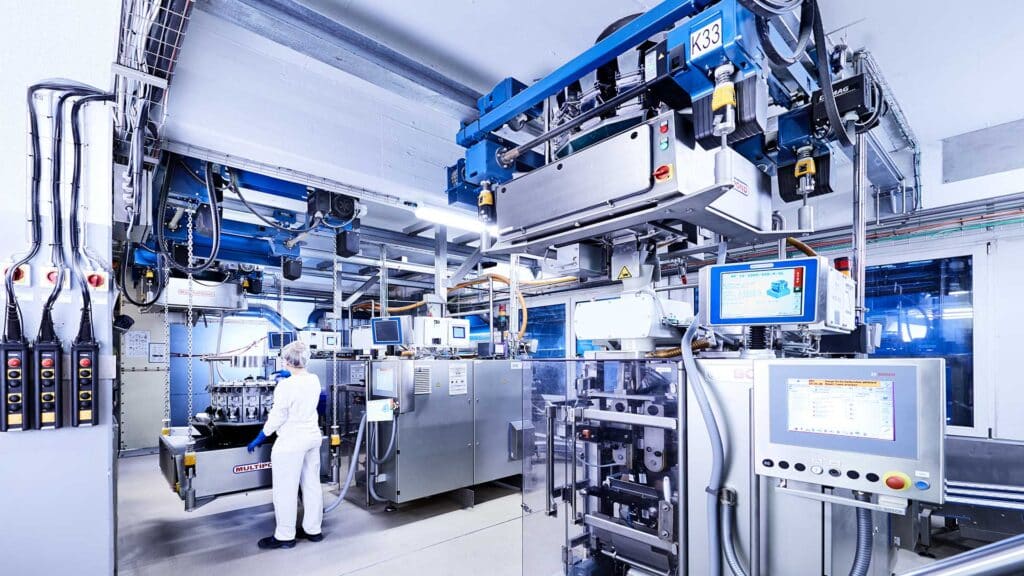
Boarden Make Electrical Circuits More Safety and Reliability
Click [Contact Us」for free samples and technical consultation.
The data in this article is based on Boarden laboratory test results, with some content sourced from theinternet.

